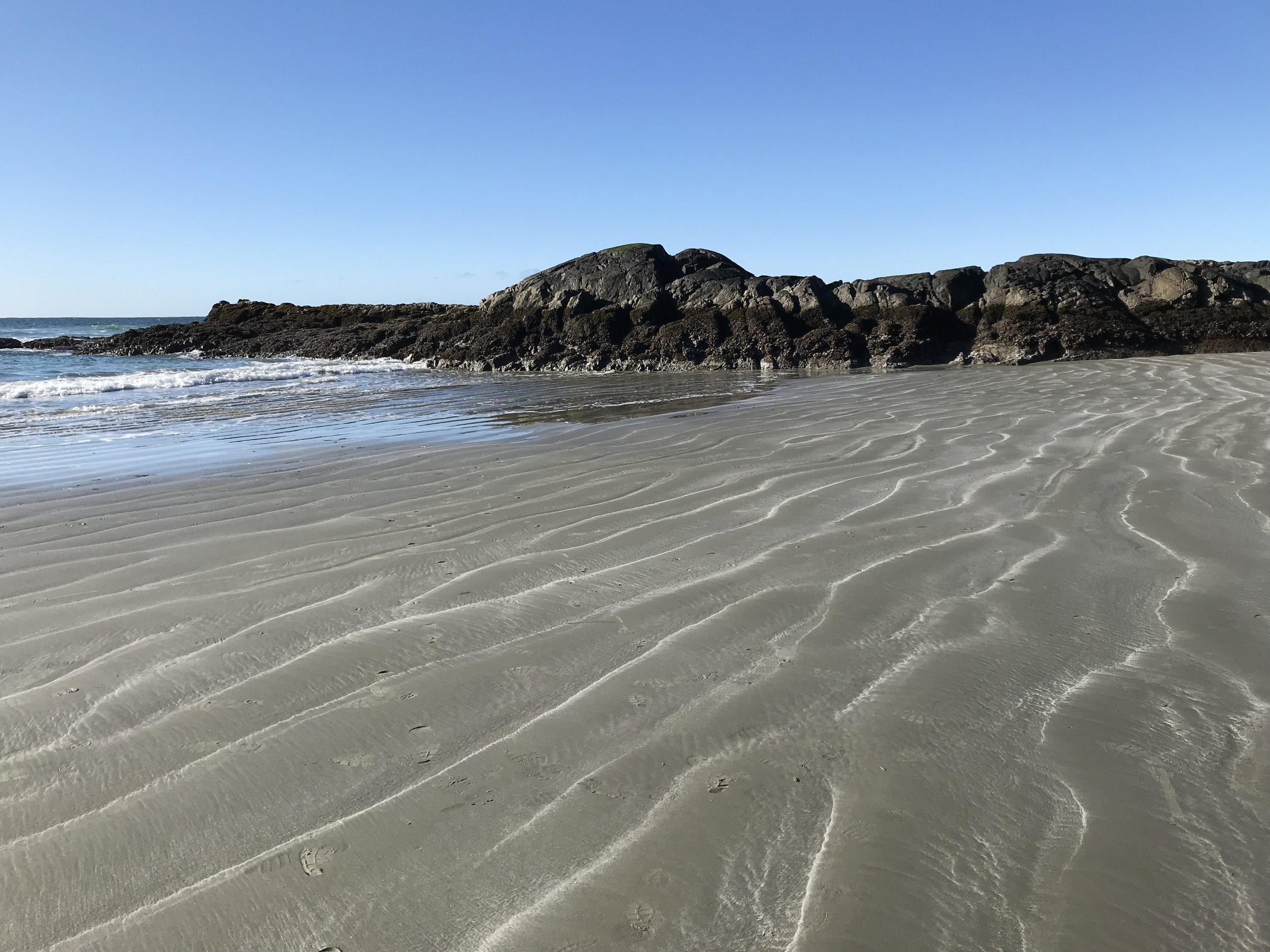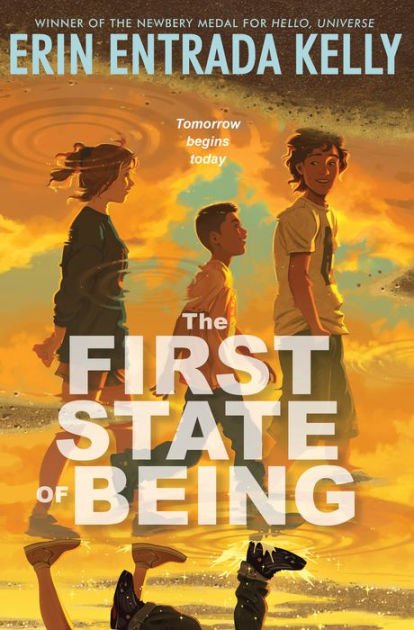
Writing With a Broken Tusk
Writing With a Broken Tusk began in 2006 as a blog about overlapping geographies, personal and real-world, and writing books for children. The blog name refers to the mythical pact made between the poet Vyaasa and the Hindu elephant headed god Ganesha who was his scribe during the composition of the Mahabharata. It also refers to my second published book, edited by the generous and brilliant Diantha Thorpe of Linnet Books/The Shoe String Press, published in 1996, acquired and republished by August House and still miraculously in print.
Since March 2024, Jen Breach (writer, VCFA graduate, and former student) has helped me manage guest posts and Process Talk pieces on this blog. They have lined up and conducted author/illustrator interviews and invited and coordinated guest posts. That support has helped me get through weeks when I’ve been in edit-copyedit-proofing mode, and it’s also introduced me to writers and books I might not have found otherwise. Our overlapping interests have led to posts for which I might not have had the time or attention-span. It’s the beauty of shared circles.


Time-travel and Y2K in Erin Entrada Kelly’s The First State of Being
For those intrigued by offbeat days dedicated to strange pursuits, December 8 is Pretend to be a Time Traveler Day. By whom this was first declared, and why, remain unclear, but let’s celebrate here by considering Erin Entrada Kelly’s middle grade novel, The First State of Being.
It takes a visitor from the future for the protagonist, 12-year-old Michael Rosario, to find himself. The novel raises questions about what it means to be human and to live in a particular time and place, and about how history is fashioned and shaped out of the lives of people.

Process Talk with Jen: Yamile Saied Mendez on The Beautiful Game
[Posted by Jen Breach for Writing With a Broken Tusk]
There are similarities and differences between Yamile Saied Mendez’s The Beautiful Game (out now) and bestselling, beloved novel Furia (2020). Both are exceptionally compelling fiction led by talented and passionate female soccer players, raised in close-knit Argentinian extended families, who are trying to find the place in the world they believe to be theirs, even though others say different. From there nuance and difference unfold. The biggest difference, obviously, is that in the YA Furia, Camila is seventeen, and in the middle-grade The Beautiful Game, “Magic” is thirteen.
Jen talks to Yamile about The Beautiful Game.

Process Talk: Cynthia Leitich Smith on Harvest House
Cynthia Leitich Smith (see my post on Sisters of the Neversea) returns to the loving embrace of family and community with her YA novel, Harvest House. I was delighted to see Hughie of Hearts Unbroken take center stage here. I asked Cyn if she’d talk to me about the community these books collectively build and how the writing of Harvest House played out for her.

Reading Salvage the Bones as a Climate Novel
Jesmyn Ward’s Salvage the Bones, 2011 National Book Award fiction winner, is among the tidal wave of titles hit by book bans in the Disunited States. It happens that this is also a climate change novel—not that the book banners raised that particular point.
Consider the storm…


Process Notes: Cynthia Leitich Smith on Sisters of the Neversea
This is not the first time my gifted VCFA colleague and longtime friend, Cynthia Leitich Smith, has held conversations with the literary canon. Her Tantalize series is an ongoing bestselling heart-to-heart over several volumes with Dracula by Bram Stoker.
